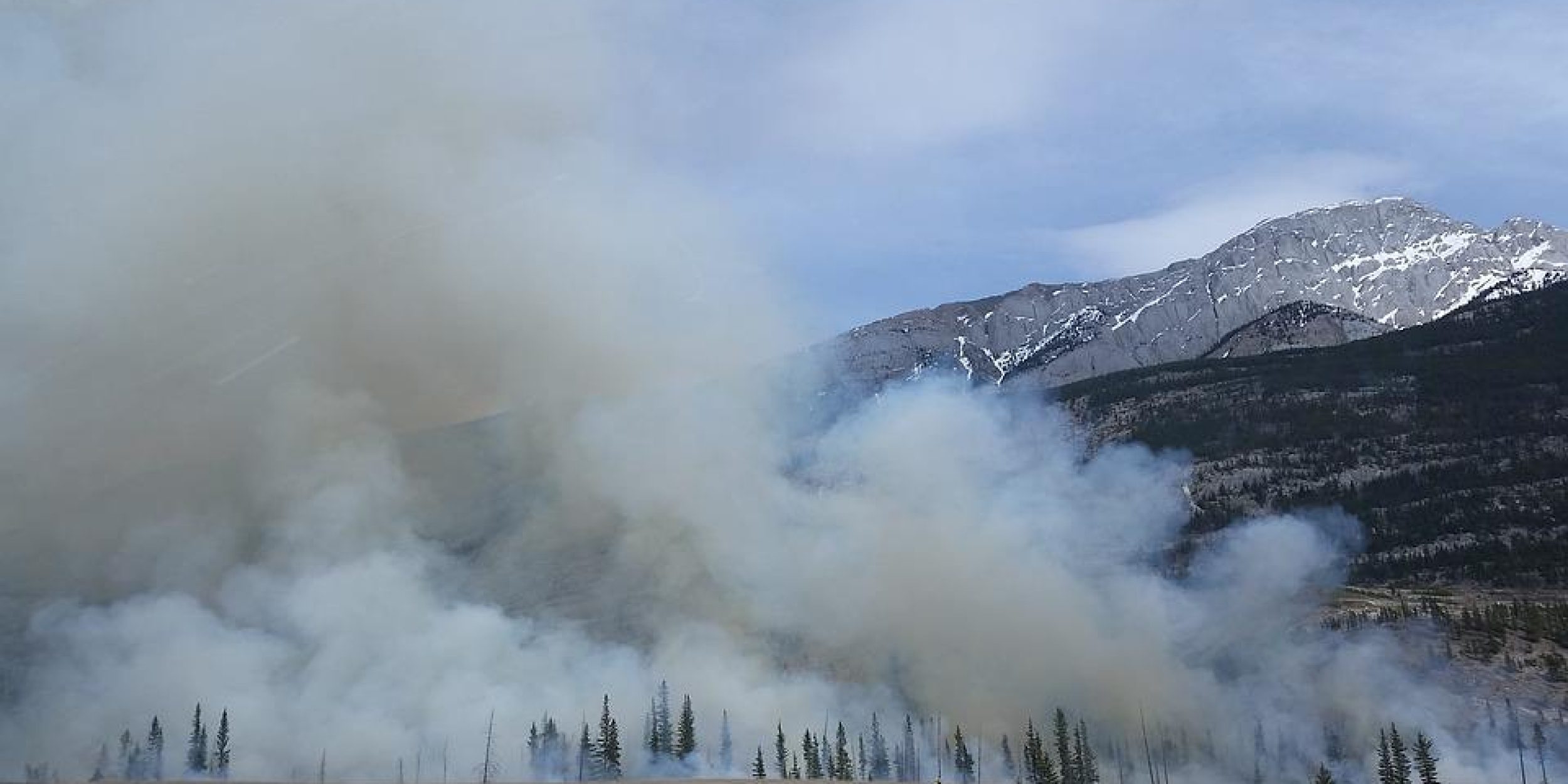Wildfire smoke is a major source of nitrous acid in the atmosphere, which is an important precursor to the OH molecule, or the hydroxyl radical. OH is a key atmospheric oxidizer, impacting the global distribution and concentration of greenhouse gases. A recent study, supported in part by the Climate Program Office’s Atmospheric Chemistry, Carbon Cycle and Climate (AC4) Program, investigates the sources of nitrous oxides from wildfires. Researchers from the University of Washington, the National Center for Atmospheric Research, and Colorado State University sampled a downwind smoke plume from multiple wildfires in the Western US. Their results, published in Geophysical Research Letters show that direct emissions are not the only source of nitrous acid in wildfire smoke, and additional chemical processes producing nitrous acid could be more important than indicated by previous studies. This work is the latest of a number of studies that address the AC4 Program’s goal to provide data on various aspects of emission products resulting from biomass burning, their chemical composition, chemical and physical transformation, and their eventual impact on air quality and climate.










